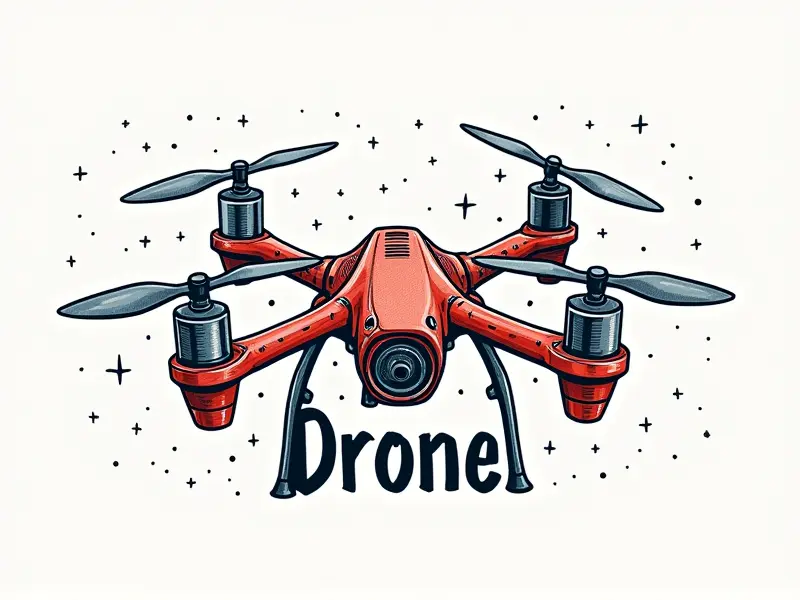Drone safety laws by country

Drone Laws Around the World
The landscape of drone legislation varies widely from one country to another. Some nations have stringent regulations aimed at protecting privacy and security, while others offer more lenient frameworks that encourage innovation and commercial use. Understanding these differences is crucial for anyone planning to operate drones internationally.
International Drone Regulations Overview
The International Civil Aviation Organization (ICAO) sets global standards for aviation safety, which include guidelines for drone operations. These international regulations provide a foundation upon which individual countries build their specific laws and policies. Key aspects of these guidelines cover airspace management, operator certification, and data protection.
Global Drone Safety Rules
At the core of global drone legislation are safety rules designed to prevent accidents and protect people on the ground. These rules typically mandate minimum distance requirements from buildings, vehicles, and individuals. Additionally, they often specify no-fly zones over sensitive areas such as airports, military installations, and national parks.
Country-Specific Drone Laws Guide
To navigate the complex web of drone regulations effectively, it's essential to understand country-specific laws. Each nation has its unique set of rules tailored to local needs and concerns:
- United States: The Federal Aviation Administration (FAA) governs all aspects of drone operation in the U.S., requiring operators to obtain a Remote Pilot Certificate.
- European Union: EU member states adhere to common guidelines established by the European Commission, focusing on privacy and data protection alongside operational safety.
- China: The Civil Aviation Administration of China (CAAC) enforces strict regulations that mandate registration for all drones over 250 grams.
Worldwide Drone Flying Restrictions
In addition to country-specific laws, there are universal restrictions that apply globally. These include prohibitions on flying near airports and other critical infrastructure, as well as limitations on night-time operations without proper authorization.
Cross-Border Drone Legalities Explained
Operating drones across international borders presents unique challenges due to varying legal requirements. It's imperative for operators to familiarize themselves with the laws of both their home country and any countries they plan to visit or fly over.
Drone Legislation in Major Countries
A closer look at drone legislation reveals significant differences even among major economies:
- United States: The FAA's Part 107 rules govern commercial and recreational drones, requiring pilots to pass an aeronautical knowledge test.
- Canada: Transport Canada oversees drone operations with specific guidelines for weight categories and operational limits.
- Australia: The Civil Aviation Safety Authority (CASA) regulates drones through the Remotely Piloted Aircraft System (RPAS) framework, which includes mandatory registration for all operators.
Global Drone Permit Requirements
Maintaining compliance with international drone laws often necessitates obtaining permits and certifications. These documents vary by country but generally include:
- Operator Certification: Proof of training and knowledge in safe flying practices.
- Aircraft Registration: Unique identification numbers assigned to each drone.
- No-Fly Zone Authorizations: Special permissions for operating drones near restricted areas.
Essential Drone Laws by Country
To simplify the process of adhering to international drone regulations, here are some key laws and requirements that every operator should be aware of in major countries:
- United Kingdom: The Civil Aviation Authority (CAA) mandates registration for drones weighing over 250 grams and requires operators to follow specific rules regarding privacy and data protection.
- Japan: The Ministry of Land, Infrastructure, Transport and Tourism (MLIT) enforces strict regulations on drone usage, including mandatory insurance coverage.
International Drone Regulations Explained
The complexity of international drone laws can be daunting. However, by breaking down the key components and understanding their implications, operators can ensure compliance:
- Airspace Management: Rules governing which areas are open for drone flights.
- Data Protection: Regulations concerning the collection and use of data gathered through drones.
Navigating Drone Legislation Worldwide
As the global landscape of drone regulations continues to evolve, staying informed is crucial. Regularly checking updates from aviation authorities and participating in industry forums can help operators stay ahead of legal changes and ensure compliance with international standards.
Conclusion
The world of drone operations is both exciting and challenging due to the diverse set of laws governing their use across different countries. By understanding these regulations, operators can safely and legally enjoy the benefits that drones offer in various applications—from photography and videography to commercial services and research.

